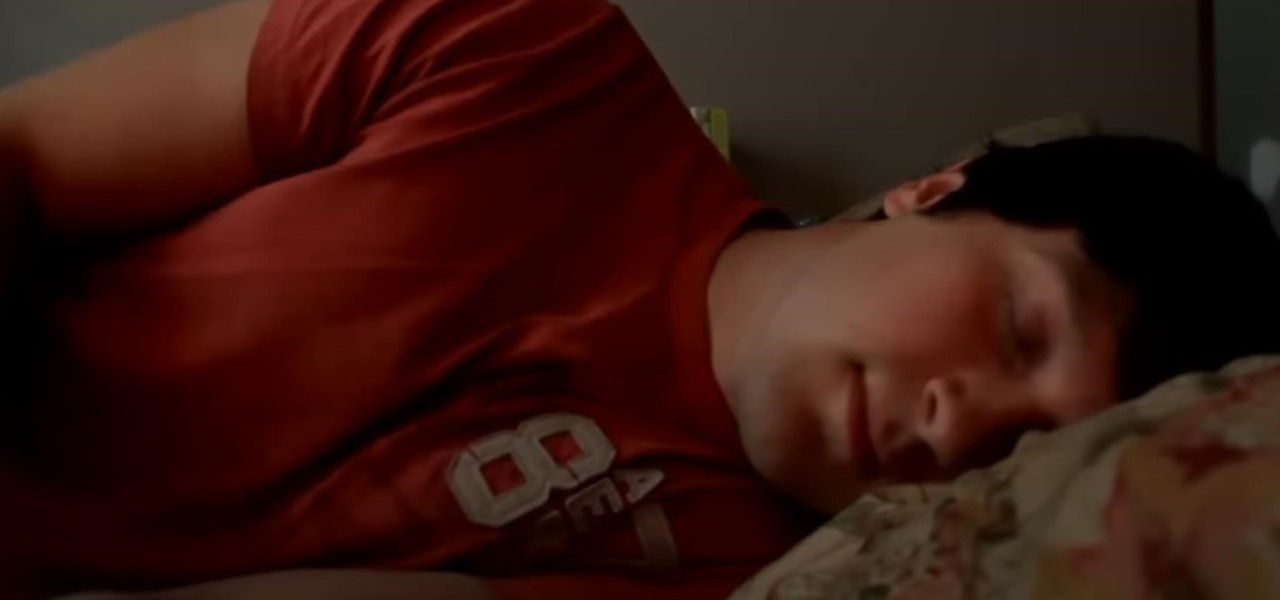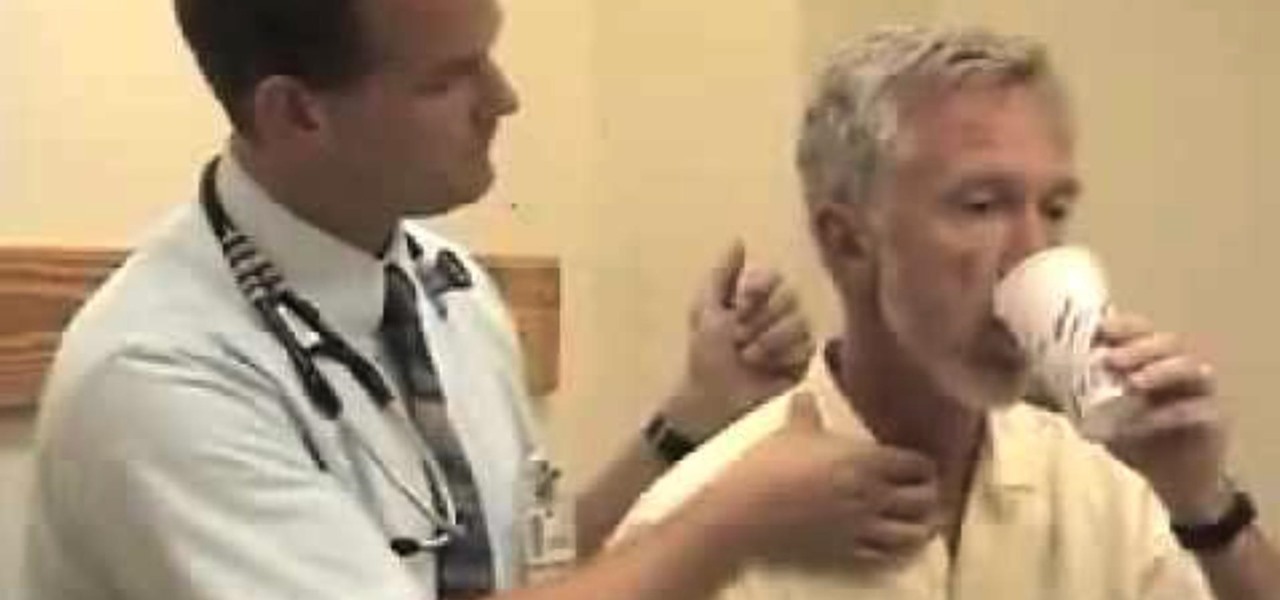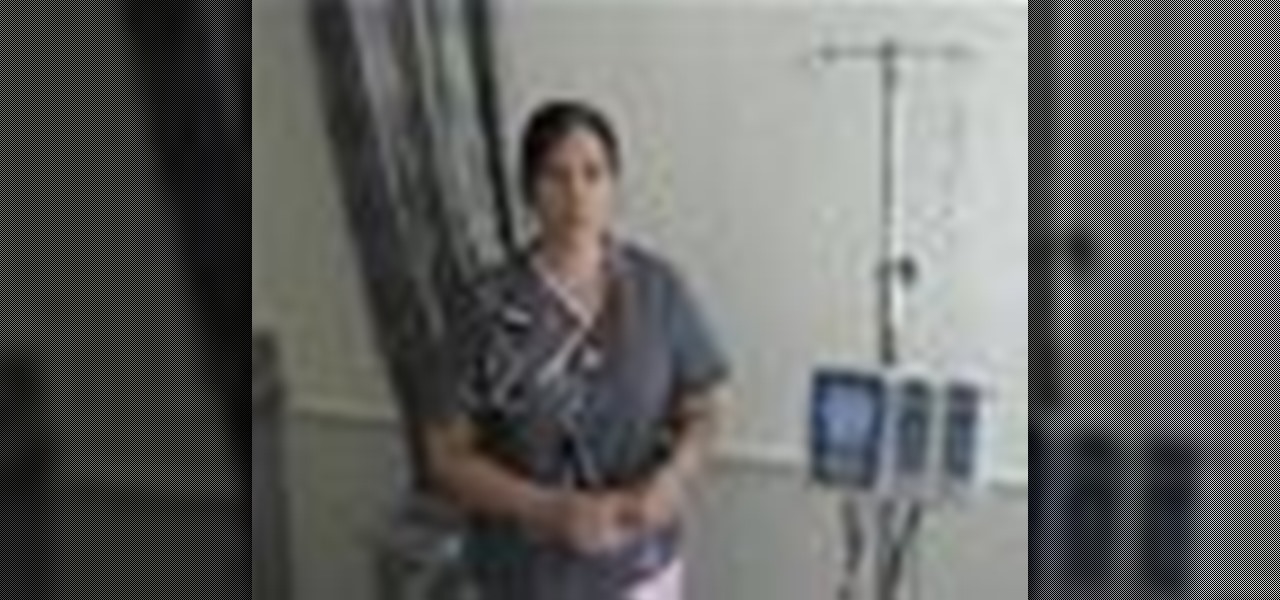Hot Diet & Health Posts

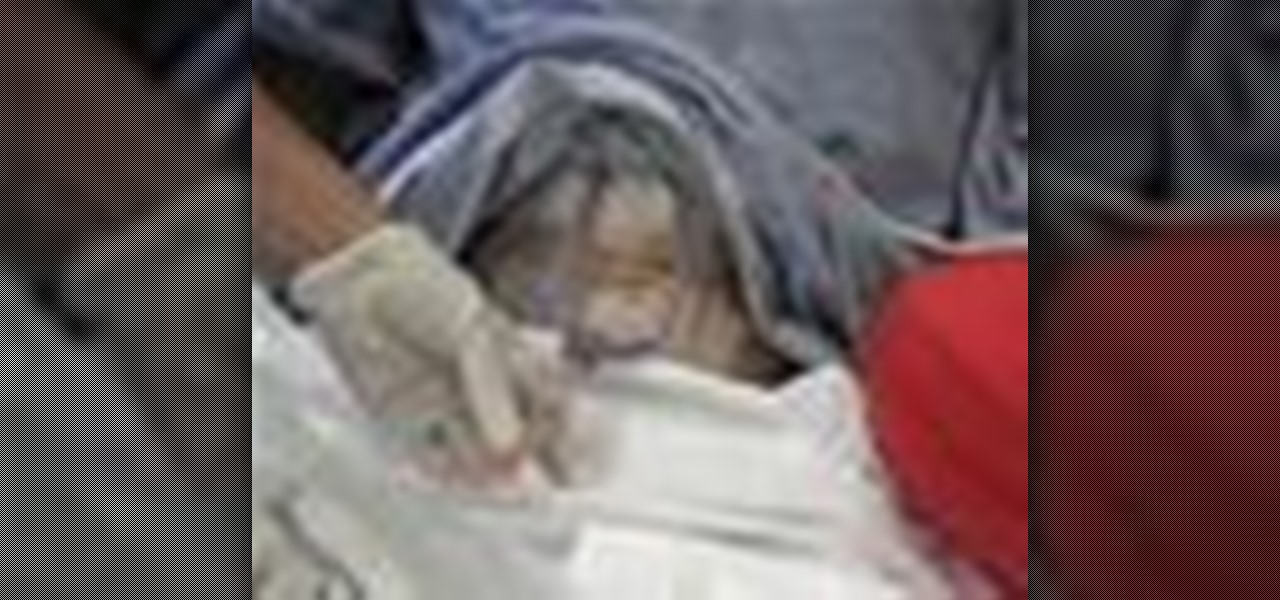
How To: Convert chest tube to bulb suction in nursing
Studying to be a nurse? Then here is a nursing how-to video that teaches you how to convert chest bulbs into bulb suction. Every nurse should know the basics of this technique, follow along and see how easy it is to convert chest tubes to bulb suction. These medical tips are sure to help you pass your nursing exam with flying colors. This demonstration is that of a patient who is second day post-op. Always make sure you avoid getting air bubbles into any of the tubes while converting.

How To: Make a glass eye
Walter Johnson and the Denver Optic Company are proud to present a short film documenting the eye-making process as "seen" through the perspective of the patient, as well as the ocularist.
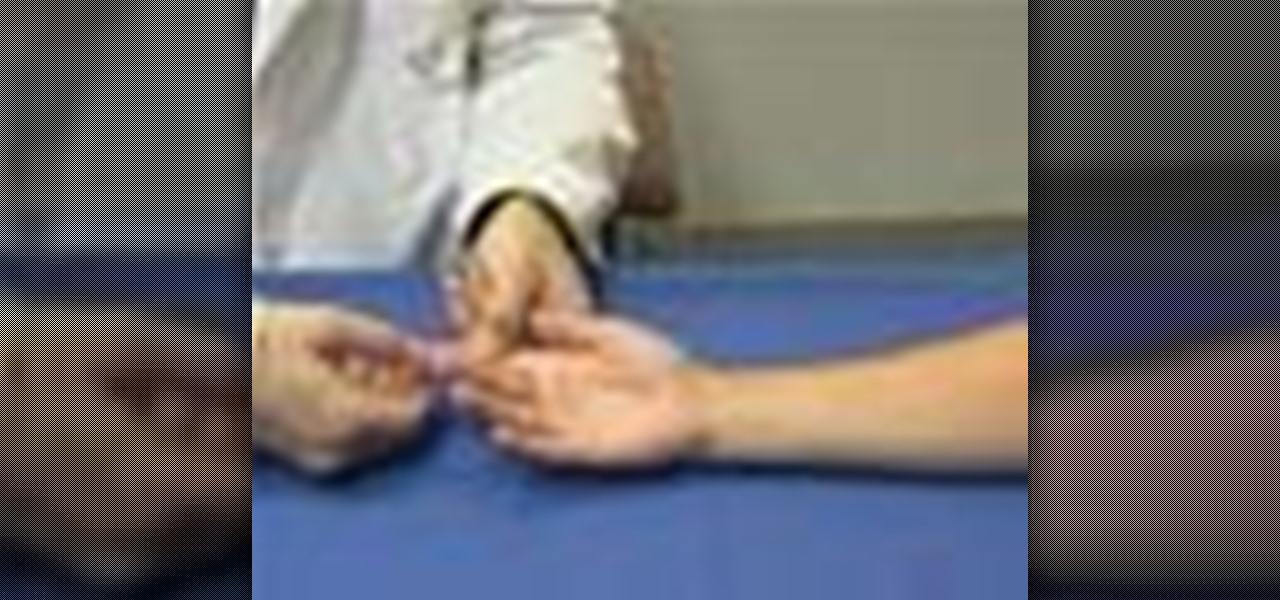
How To: Perform an examination of a traumatized hand
This medical how-to video demonstrates how to perform an examination of a traumatized hand. Doing such procedure can be a daunting task, as there may be several structures that may have been injured. Follow along as this resident surgeon shows you what guidelines to follow when examining a hand and wrist. Please note that this medical video is intended for medical professionals only.

How To: Review casting and splinting basics
This medical how-to video reviews the basics of casting and splinting procedures. Follow along and learn how to splint and cast the wrist and forearm in case of a broken or fractured bone. A splints and casts can be placed in many different positions and aid in stabilizing injuries. Note that this medical procedure is intended for medical professionals.
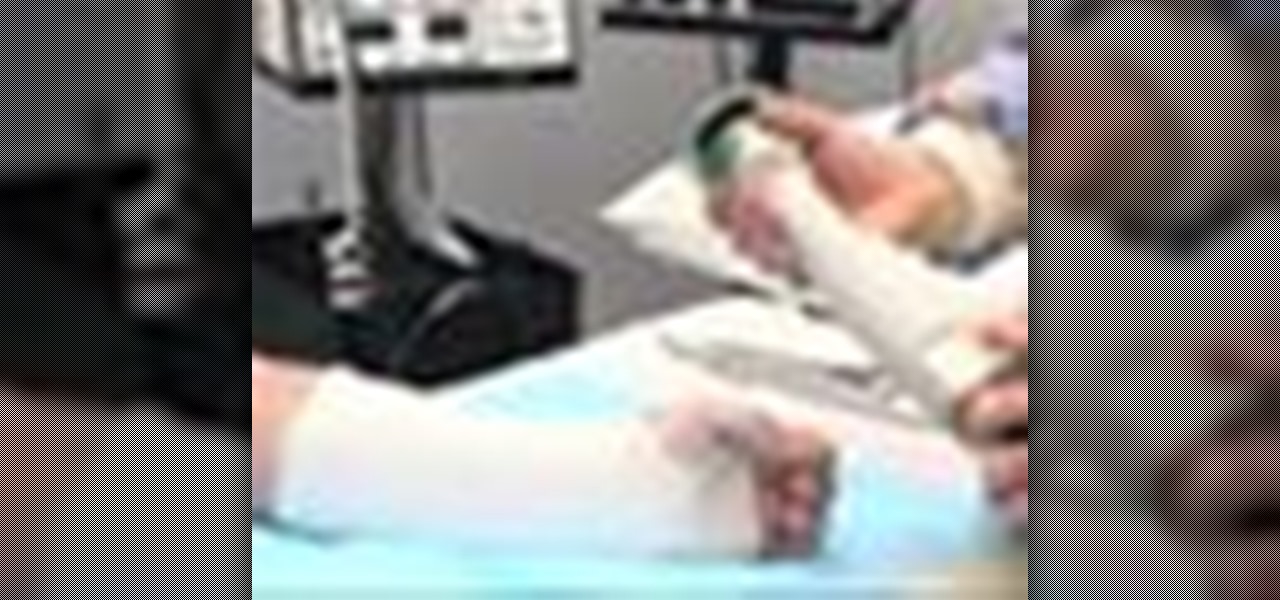
How To: Remove a cast with a cast saw
This medical how-to video demonstrates how to perform a cast removal with a cast saw. Follow along and learn how to remove a wrist and forearm cast. The cast saw may appear dangerous but it is actually pretty safe to use. A cast should only be removed when the attending doctor deems it safe to do so. Note that this casting procedure is intended for medical professionals.
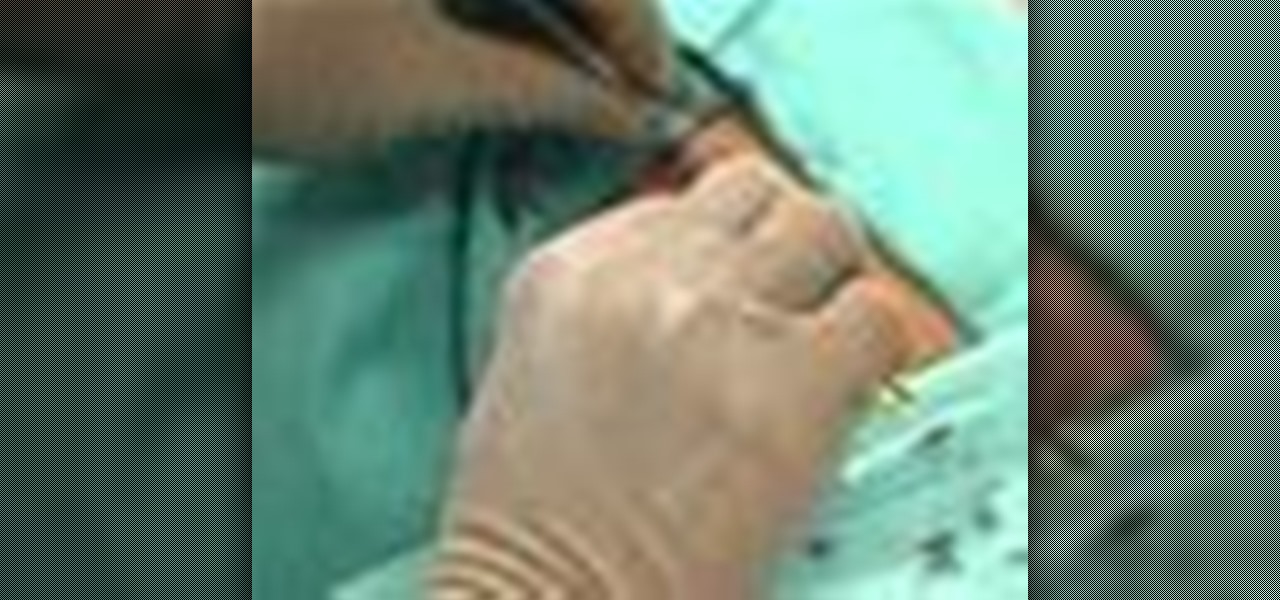
How To: Suture an open wound
This medical how-to video demonstrates how-to suture an open wound. Follow along and learn the step by step process of closing open skin. Note that suturing should be performed by a medical professional.
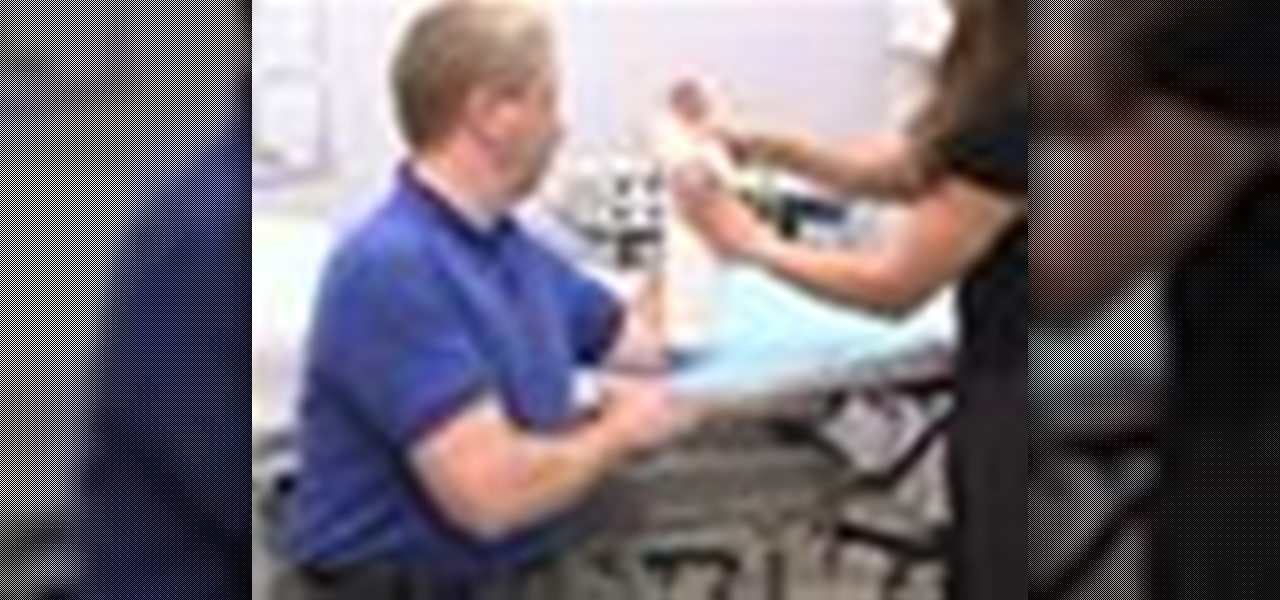
How To: Splint the wrist and forearm
This first aid how-to video demonstrates how to perform a splinting procedure. Follow along and learn how to splint the wrist and forearm in case of an emergency. A splint can be placed in many different positions and aids in stabilizing injuries. Note that this splinting procedure is intended for medical professionals.

How To: Perform a shoulder physical exam
This medical how-to video demonstrates the proper technique for evaluating a patient's shoulders. Follow along and learn how to do a shoulder physical examination. As with all examinations of the joints it is important to follow a standard routine including range of motion, inspection, and to compare the affected shoulder to the unaffected shoulder. Please note this instructional video is intended for medical professionals.
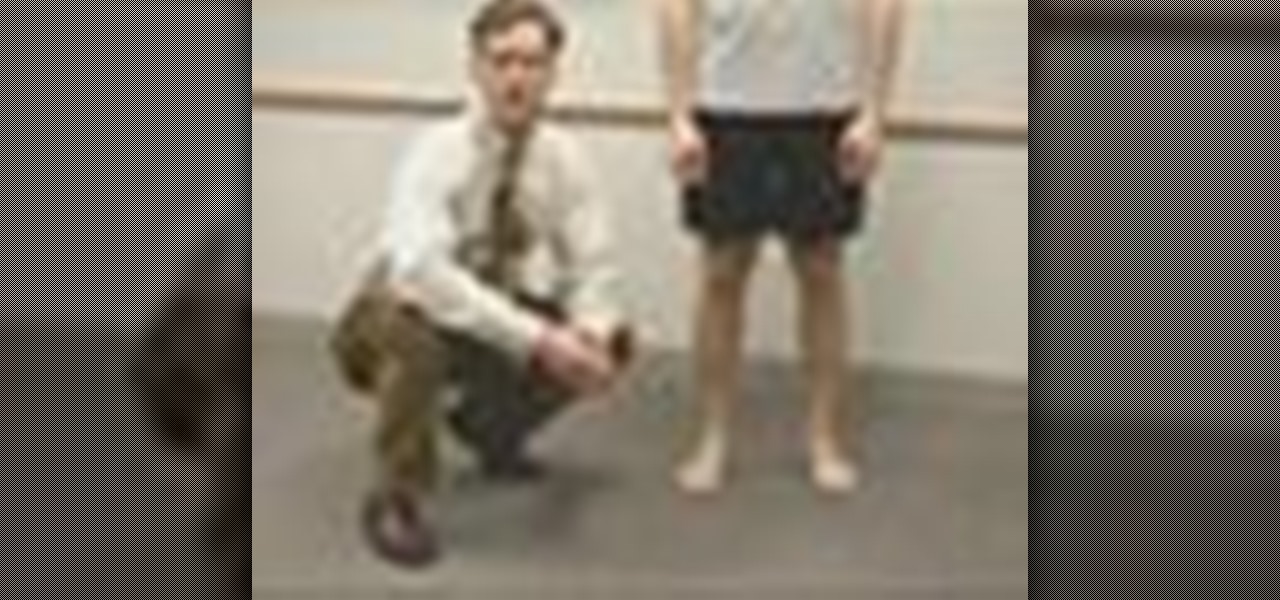
How To: Evaluate a patient with knee pain
This medical how-to video demonstrates the proper technique for evaluating a patient with knee pain. Follow along and learn how to do a knee examination. Always begin the knee exam with the patient standing and observe any abnormalities. Please note this instructional video is intended for medical professionals.
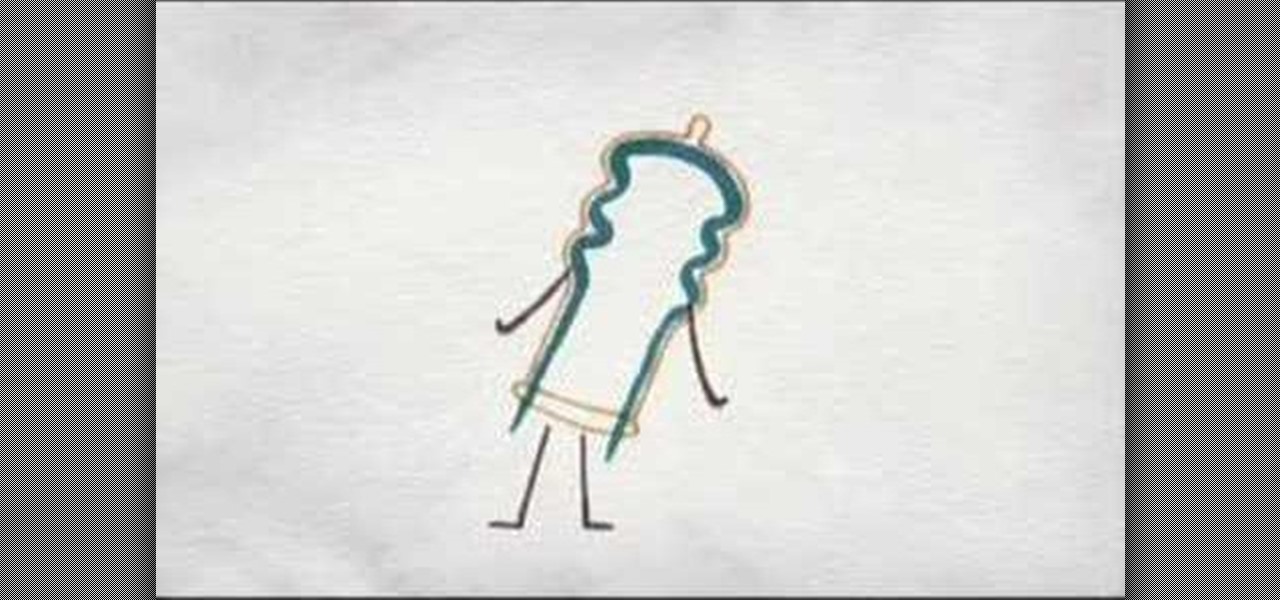
How To: Use a condom to prevent STDs
According to a study released 6/24/08 by PLoS Medicine, watching a video in an STD clinic waiting room can reduce the risk for a new STD by almost 10%. In a large multi-center intervention trial, Dr. Lee Warner from the Centers for Disease control and Prevention and a team of researchers at different institutions in the U.S. studied the effect of a carefully crafted, 23-minute waiting room video on the risk for new STDs among 40,000 patients in 3 STD clinics in the country. This is brought to...
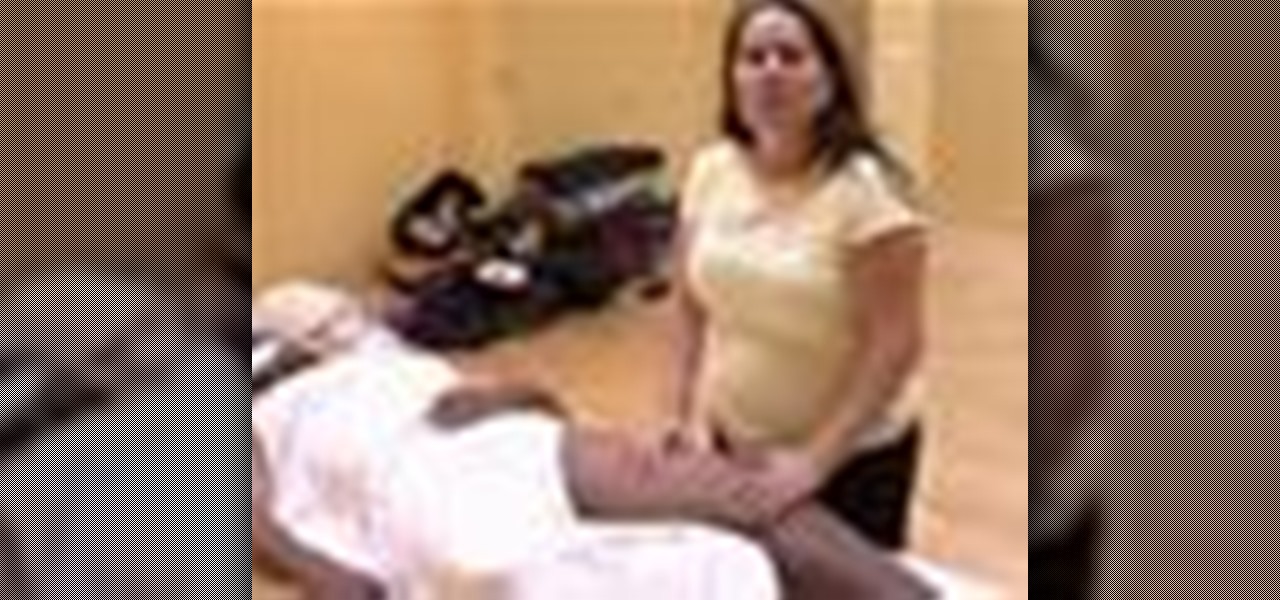
How To: Massage groin strains
Groin strains are painful and can take a long time to heal. However a few massage techniques can help aid in the recovery of groin strains. Get expert tips and advice on massage and other treatments in this how-to video.

How To: Massage hamstring sprains
Hamstrings are an important muscle and hamstring injuries are common. Massaging hamstring injuries can soothe hamstring sprains. Get expert tips and advice on massage and other treatments in this how-to video.

How To: Soothe shin splints with massage
Shin splints are a form of inflammation and they come when you are probably running or doing some kind of physical activity too aggressively. So really, truly, the best thing for shin splints is rest. Ice is also another good way to get some relief from shin splints. And usually it is this area of the shin that is going to be bothering you the most. If you do want to try some massage techniques that can really help as well. Get expert tips and advice on massage and other treatments in this ho...

How To: Massage back pains
Back pain can be caused by many different factors. Sometimes a good massage can help the back pain. Get expert tips and advice on massage and other treatments in this how-to video.
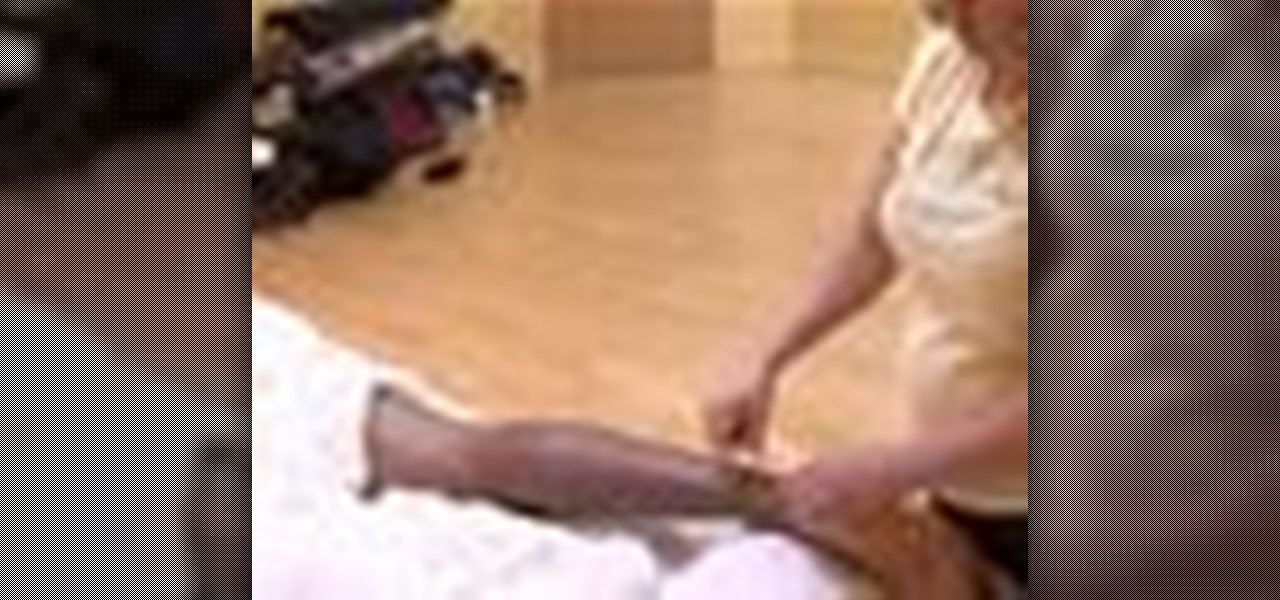
How To: Soothe calf strains with massage
Calf strains are a common athletic injury. A few massage techniques can help soothe most calf strain injuries. Get expert tips and advice on massage and other treatments in this video.
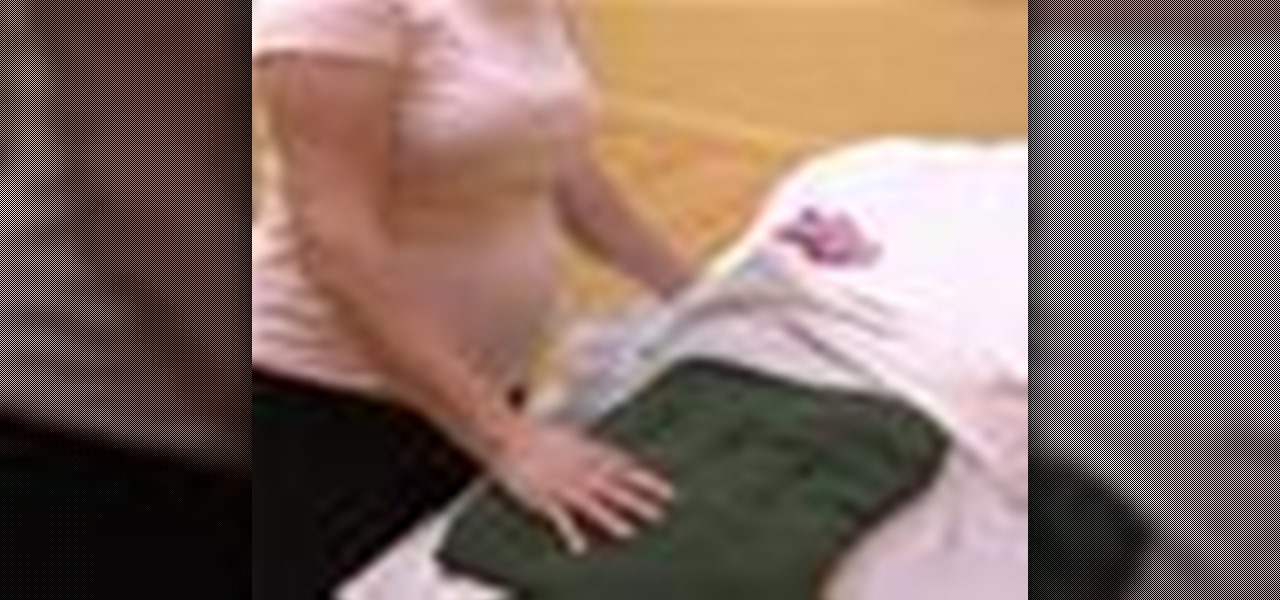
How To: Reduce swelling with cold massage treatments
Cold therapy is a type of physical therapy that can reduce swelling. Cold is really great to use somewhere between 10 to 30 minutes at a time and then you want a little break. Get expert tips and advice on massage and other treatments in this how-to video.
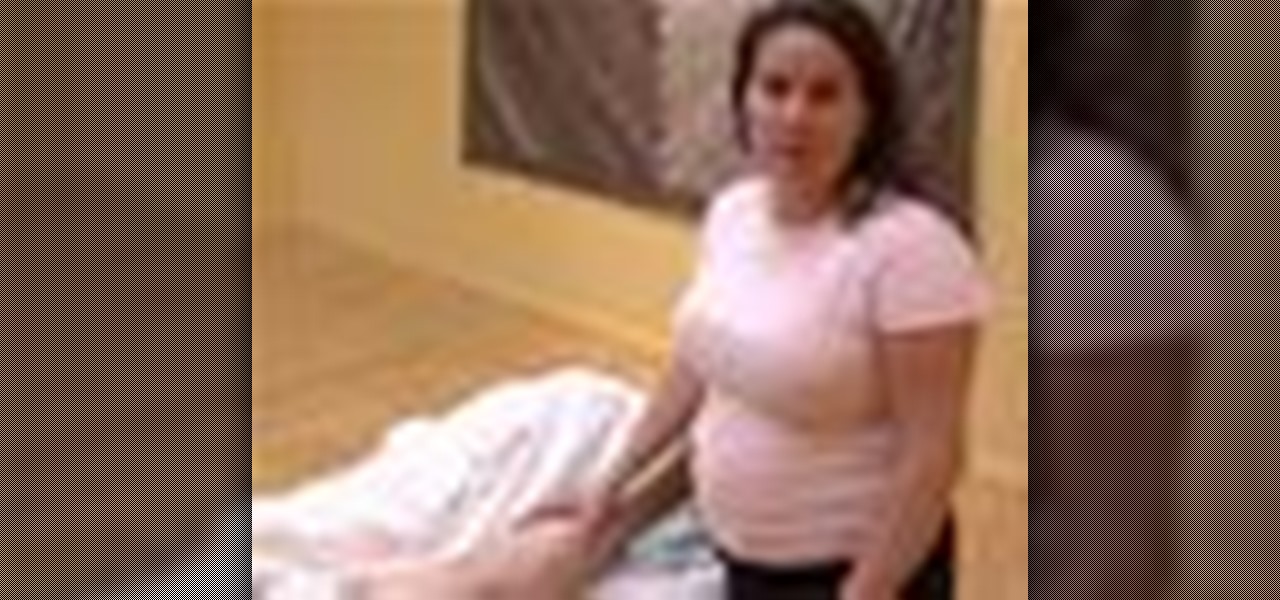
How To: Use massage to help with leg cramps
In this how to video we demonstrate some techniques to help with leg cramps. These are similar to some of the techniques that we have used already for massage, some of them are and some are not. One basic rule of thumb with leg cramps is sometimes just resting is sufficient. Leg cramps are painful involuntary contractions of the muscles in the leg. Get expert tips and advice on massage and other treatments in this how-to video.
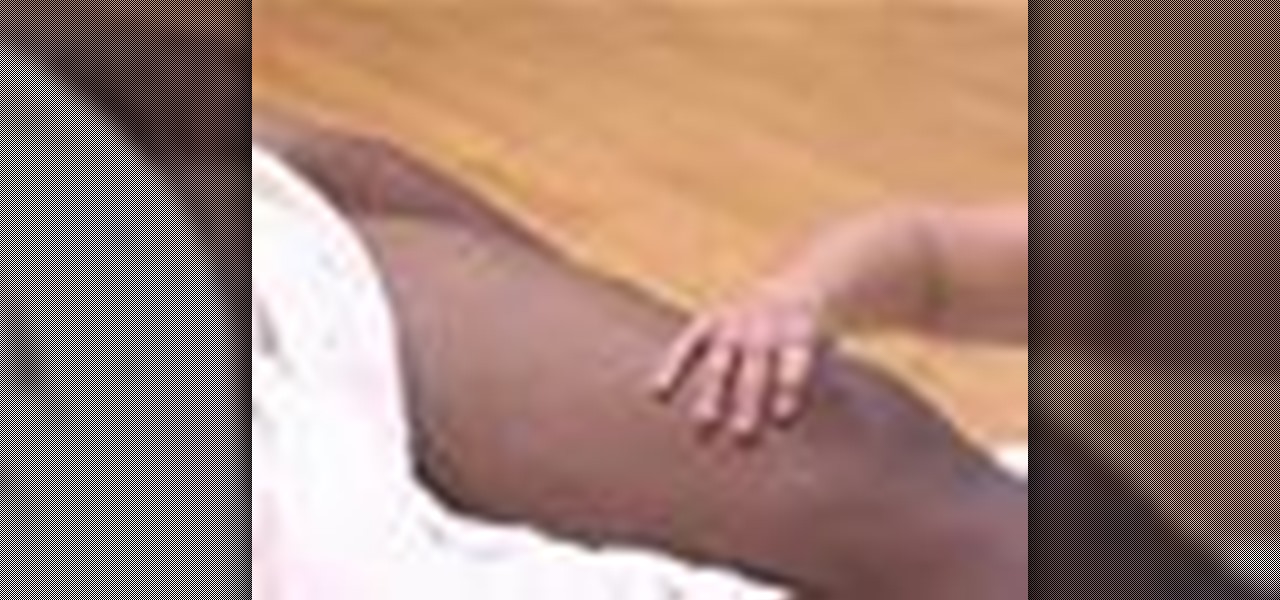
How To: Massage the quad muscles
The quads are an important muscle to stretch and care for. Those get kind of tight sometimes. And one thing you really want to do when you have somebody laying on their back is you want to put some kind of pillow or bolster under their knees. Get expert tips and advice on massage and other treatments in this how-to video.
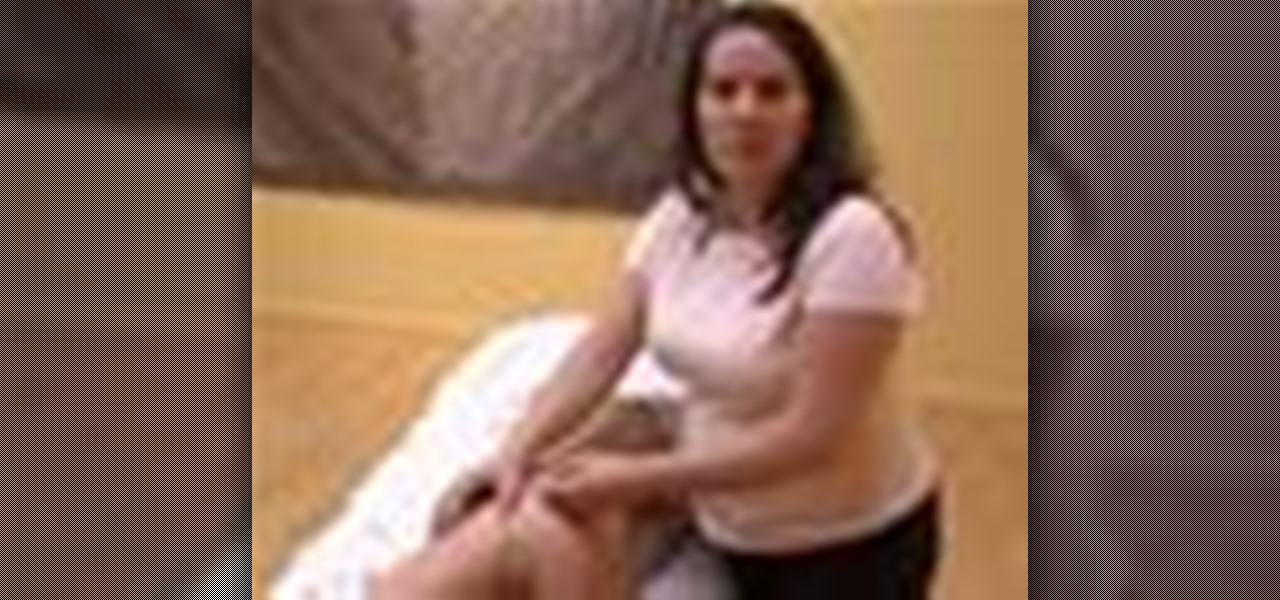
How To: Massage the right side of the body
Massage is a great way to relax the body and mind. It is important to know how to massage specific areas like the sides properly. Get expert tips and advice on massage and other treatments in this how-to video. Follow along and learn a technique for massaging the right side of the body.
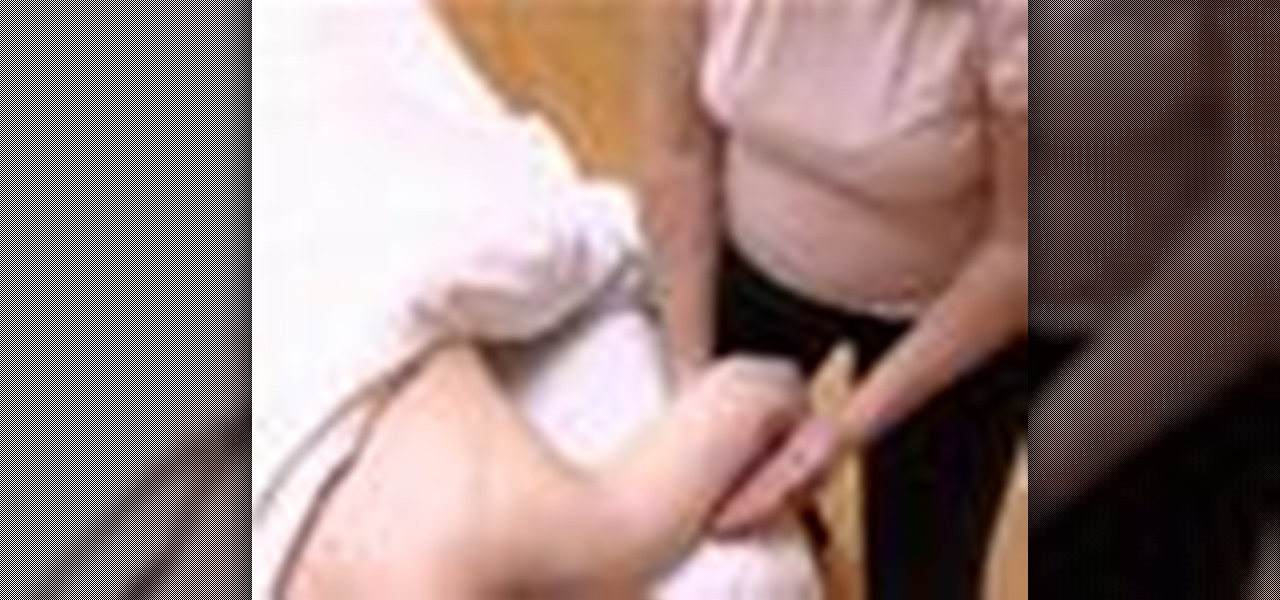
How To: Massage the shoulder joint
The shoulder is an area of the body that carries a lot of tension. It is very important to check with your person and make sure that they do not have any range of motion issues. Get expert tips and advice on massage and other treatments in this how-to video.
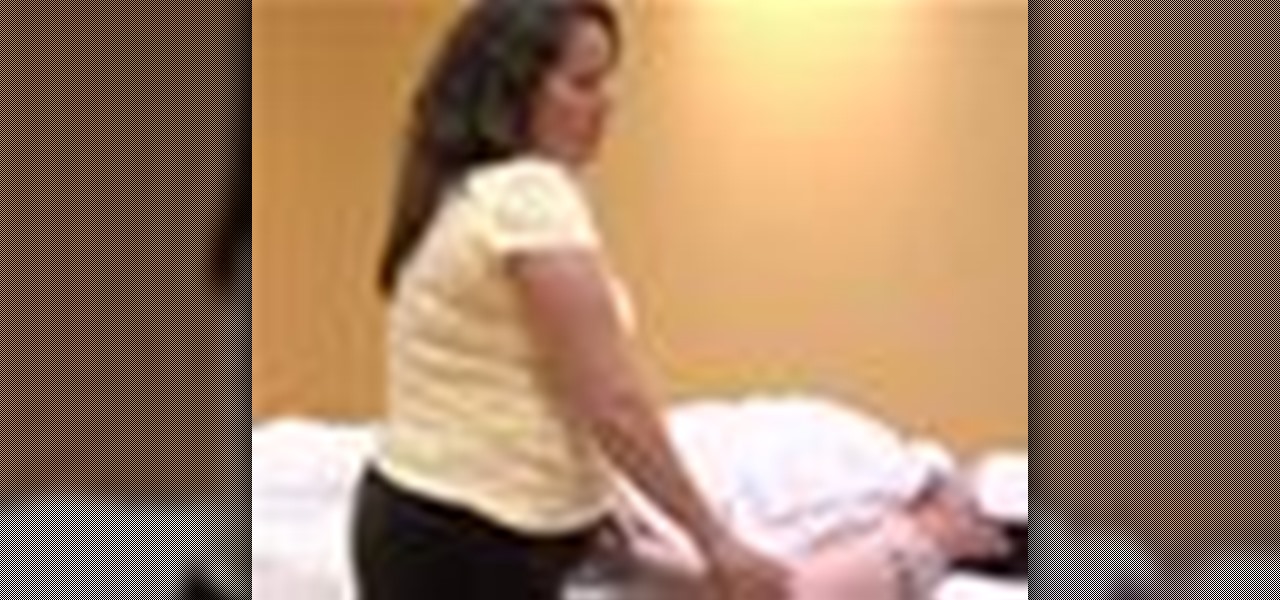
How To: Stretch deltoid muscles with sports massage
The deltoids are the muscles near and above your shoulders. It goes on the front of the arm and it goes on the back of the arm to the shoulder. It gets really tight sometimes. One thing you want to find out from your person before you are doing a stretch on them on any part of the body is to make sure that they don't have any range of motion issues or any dislocations of the joint. Get expert tips and advice on massage and other treatments in this how-to video.

How To: Recognize the symptoms of food poisoning
Food poisoning, also referred to as food-borne illness, is a gastrointestinal disorder that results from eating contaminated food. . Who is at risk? Anyone can get food poisoning, especially travellers and those who live in tropical climates. Infants, elderly people, and those with serious medical conditions have the greatest risk if they get food poisoning. Pregnant and breastfeeding women also need to be especially careful. Learn about the different causes, symptoms, and treatments of food ...

How To: Remove ticks and treat tick bites
Tick bites should be treated immediately, the concern being transmission of Lyme disease. If you've received a tick bite, what you should do is to remove the tick promptly and carefully. Use tweezers to grasp the body of the tick near its head and pull out very gently to remove the tick whole without crushing it. Learn more about tick bites and how to treat them in this medical how-to video.

How To: Help someone who is choking
Choking is the mechanical (either by foreign object or compression) obstruction of outside air flowing into the lungs. Learn about choking, including emergency treatments like CPR, in this medical how-to video. Remaining calm and performing one of the procedures below could help someone who is choking.

How To: Diagnose septic shock symptoms
Septic shock is a serious and often life threatening emergency medical condition in which the blood pressure is extremely low. Insufficient blood therefore reaches the body tissues and this means that not enough oxygen and nutrients are delivered to the body. Medical shock is a serious circulatory condition not to be confused with emotional shock or surprise. Learn more about shock and the symptoms in this medical how-to video.

How To: Treat spider bites
Spider bites can range from harmless to fatal, spiders themselves coming in many varieties. you're bitten by a spider, you should wash that area carefully with soap and water and do this several times per day until the skin is healed. You can also apply an ice pack wrapped in cloth or a cold wet wash cloth to the area that has been bitten. Learn more about spider bites in this medical how-to video.

How To: Tell if you have a calf strain
A calf strain is a tearing or stretching of the calf muscle. It is generally due to trauma or overuse. Symptoms are localized pain, decreased range of motion, and tightness in the area. Learn more about calf strains including treatments and symptoms in this medical video.
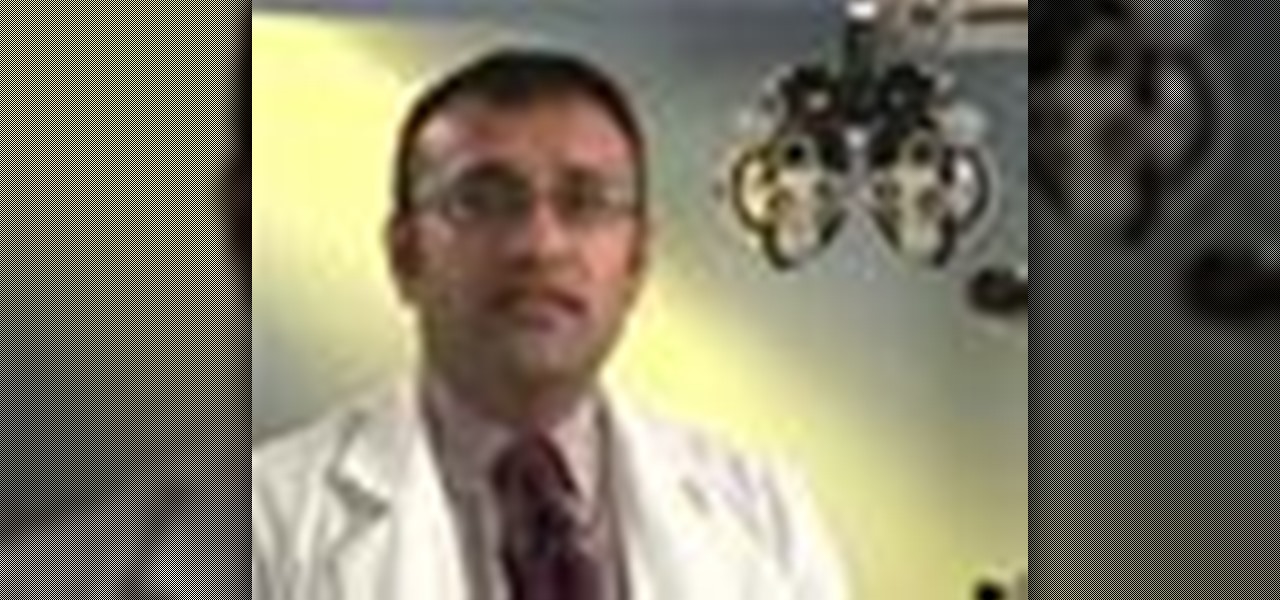
How To: Prevent the onset of cataracts
What is a cataract? A cataract is the clouding of that internal lens of the eye which is normally clear. That internal lens helps focus light as it comes through the pupil that when a lens starts becoming a little cloudy, patients sometimes complain that their vision seems a little foggy. There are certain risk behaviors that you can avoid to reduce the risk of getting cataracts. Get professional tips and advice on cataracts in this medical how-to video.

How To: Diagnose and treat jumper's knee
Another name for jumper's knee is patellar tendinitis. Jumper's knee is an injury that affects the tendon connecting your kneecap (patella) to your shinbone. The patellar tendon plays a pivotal role in the way you use your legs. It helps your muscles extend your lower leg so that you can kick a ball, push the pedals on your bicycle, and jump up in the air. Learn about the different causes of, symptoms of, and treatments for jumper's knee in this video.

How To: Treat a nosebleed
Nosebleed or the official term is epistaxis is bleeding from the nasal cavity. Nose bleeds are very common and are often caused by dry air, illness, or trauma. Learn more about the causes, symptoms and treatments of nose bleeds in this medical how-to video.

How To: Care for a medial collateral ligament knee injury
The MCL or the medial collateral ligament is a thick fibrous tissue that spans the distance between the bottom of the thigh bone and the top of the tibia on the inside of the knee joint. A MCL injury is caused by stretching or tearing of the MCL ligament in the knee. Learn more about the causes, symptoms and treatments for a MCL injury in this medical how-to video.

How To: Diagnose and treat a muscle strain
Strained muscles result from tearing or overstretching of muscle fibers. Most often a hamstring strain occurs at the attachment of the hamstring to the ischial tuberosity. Learn about hamstring muscle strain in this medical how-to video.
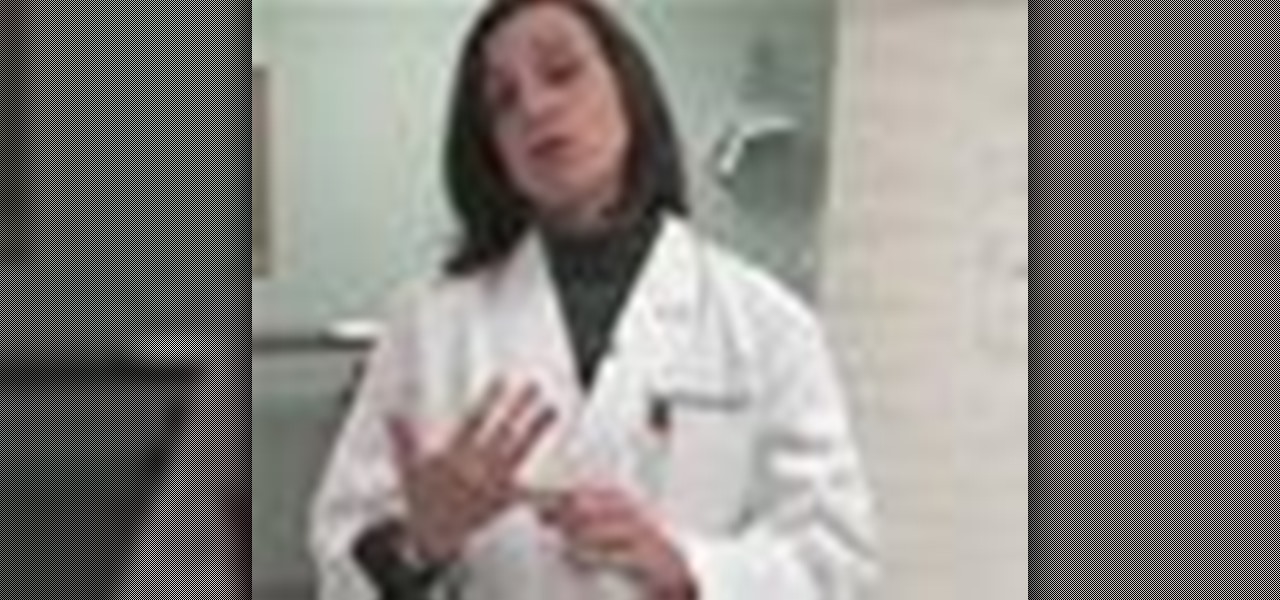
How To: Diagnose and handle a concussion
A concussion is the most common type of brain injury, often occurring in bike and car accidents or during sports. Many people think that you have to lose consciousness to have a concussion but that is indeed not the case. A concussion occurs any time you have some type of trauma to the head. That can be jostling of the head where the brain is basically just hitting the inside of the skull or it can actually be where you hit your head or somebody that falls and they fall and hit their head. Ki...
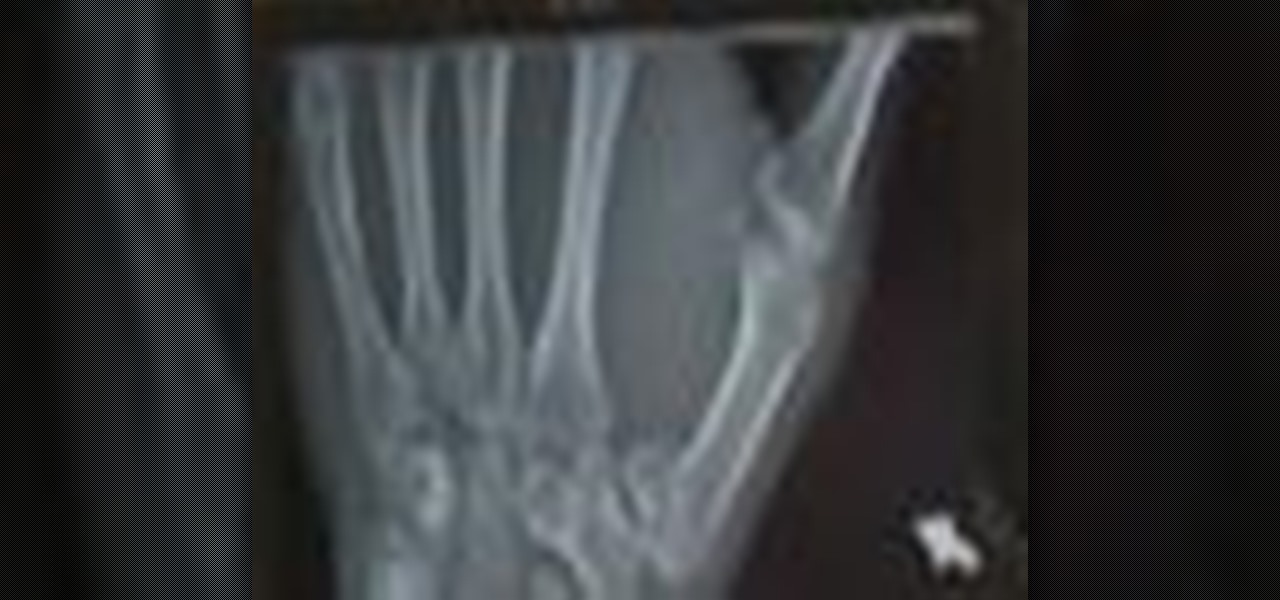
How To: Diagnose and treat a Bennett's fracture
Bennett's fracture takes place at the base of the thumb. It typically occurs when an individual falls on an outstretch hand. The force is directed this way; the fracture occurs here. Learn how to diagnose and treat a Bennett's fracture in this medical how-to video.

How To: Diagnose and treat a dislocated shoulder
A dislocated shoulder involves movement of the ball of the humerus away from the ball and socket joint. Ninety-five percent of the time, it will come out anteriorly when an individual's arm is forcefully pushed backwards and rotated in such a way that the ligaments in the front of their shoulder tear and the ball will pop out the front of the shoulder. This is a very common injury seen in contact sports. Learn how to diagnose and treat a dislocated shoulder in this medical how-to video.

How To: Treat athlete's foot
Sweating or leaving your feet damp after showers can lead to athlete's foot, a skin rash that targets damp, covered areas. Learn about treating athlete's foot from a doctor in this medical how-to video.
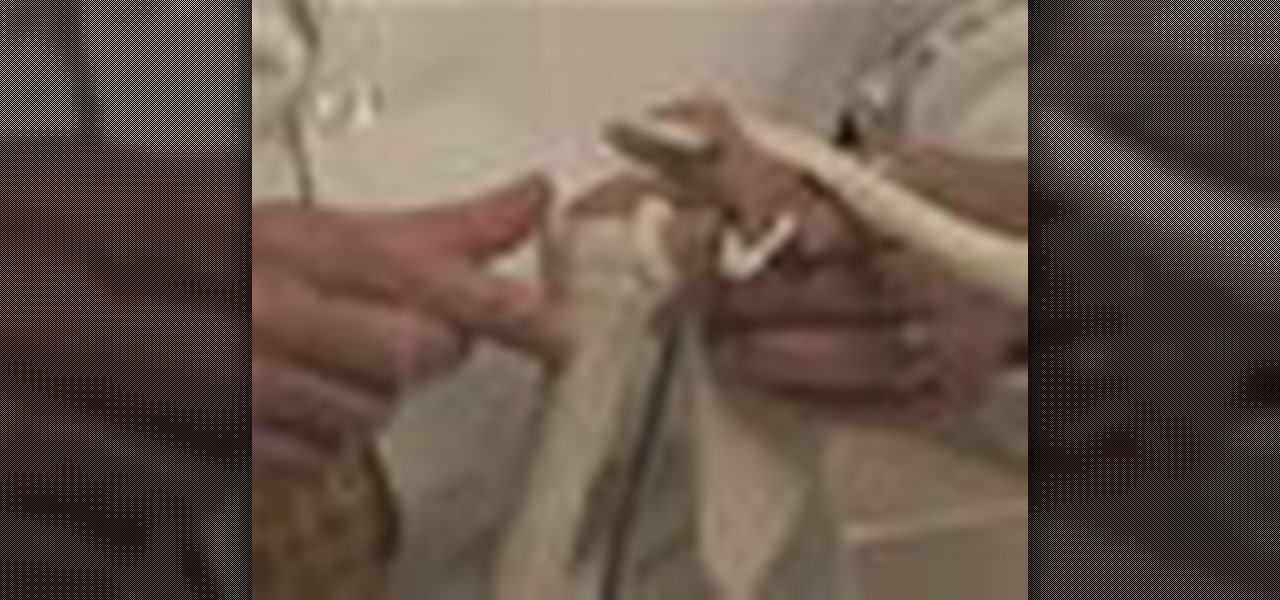
How To: Diagnose and treat frozen shoulder
Frozen shoulder is a common problem that men and women get between ages of 40 to 60. It is also known as adhesive capsulitis. A frozen shoulder is when the shoulder joint is clamped down. Learn how to diagnose and treat a frozen shoulder in this medical how-to video.

How To: Keep your brain active by eating brain foods
Your brain actually needs to be refueled throughout the day, and our brains function best on carbohydrates. Brain foods like fruits and fish are important for fueling your brain all throughout the day. Learn some tips on eating brain foods and keeping your mind active in this nutrition how-to video.

How To: Treat alopecia or hair loss
Alopecia is also known as hair loss. he most common form of alopecia or hair loss that we see is alopecia areata. It usually shows itself as round patches of hair loss on the scalp, however, it can affect the facial hair and body hair. Learn some tips on how to slow and treat the loss of hair in this medical how-to video.
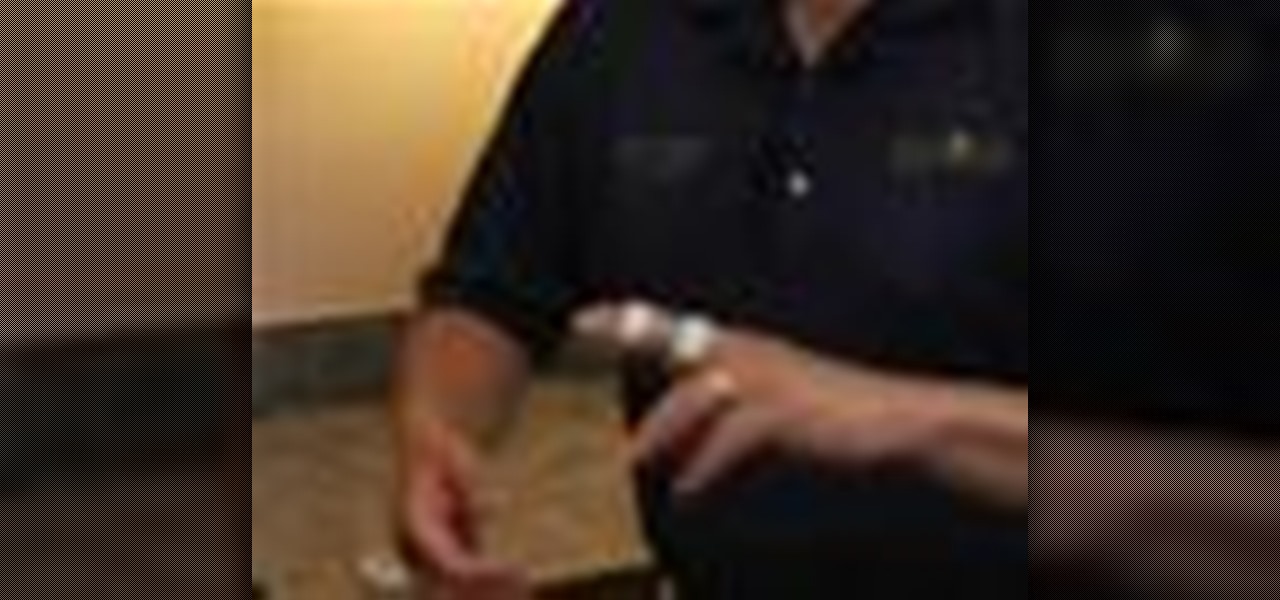
How To: Tape fingers for sports injuries
Taping fingers is good for minor injuries of the middle joint because taping supports the injured area without preventing motion. Learn how to tape fingers and stay fit in this sports medicine video. Take action: injuring the middle joints of fingers is common, try to support above and below joint but allow flexibility in the joint, check for deformities, while ice and anti-inflammatories can help. Mike Vera, the instructor in this how-to video from Live Strong, is an athletic trainer the Rog...




